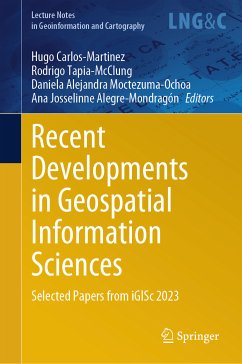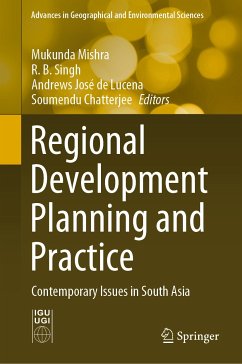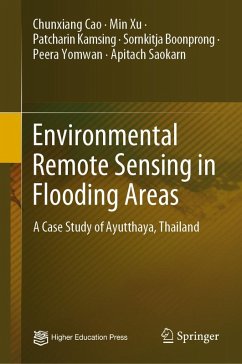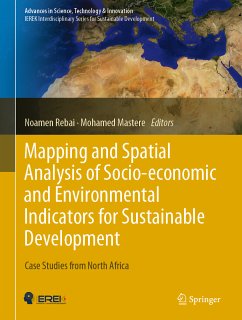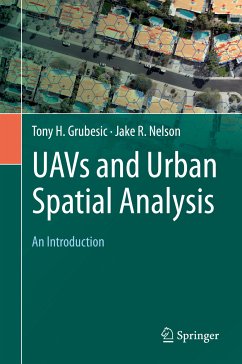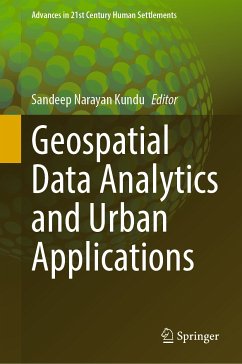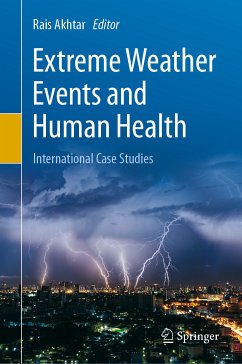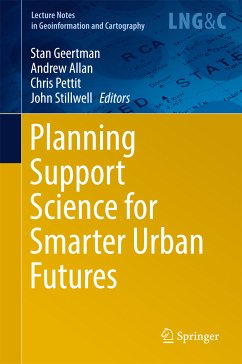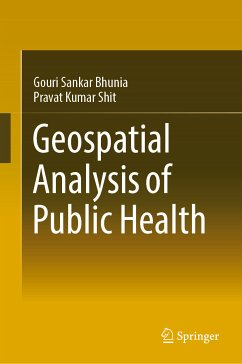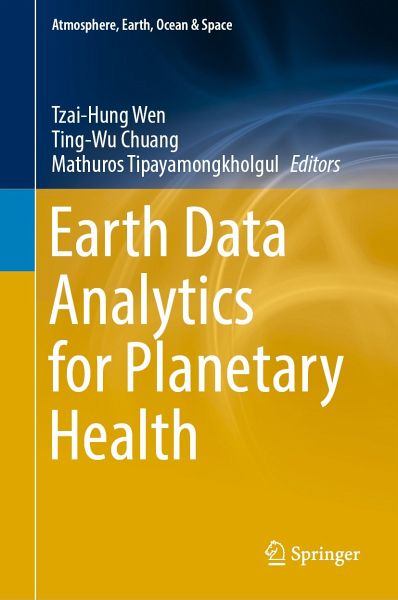
Earth Data Analytics for Planetary Health (eBook, PDF)
Versandkostenfrei!
Sofort per Download lieferbar
112,95 €
inkl. MwSt.
Weitere Ausgaben:

PAYBACK Punkte
56 °P sammeln!
Planetary health involves complex spatial-temporal interactions among agents, hosts, and earth environment. Due to rapid technical development of geomatics, including geographic information systems (GIS) and remote sensing (RS) in the era of big data analytics, therefore, earth data analytics has become one of the important approaches for monitoring earth surface process and measuring of the effects of environment changes on all humans and other living organisms on earth. Various methods in earth data analytics, including spatial-temporal statistics, spatial evolutionary algorithms, remote sen...
Planetary health involves complex spatial-temporal interactions among agents, hosts, and earth environment. Due to rapid technical development of geomatics, including geographic information systems (GIS) and remote sensing (RS) in the era of big data analytics, therefore, earth data analytics has become one of the important approaches for monitoring earth surface process and measuring of the effects of environment changes on all humans and other living organisms on earth. Various methods in earth data analytics, including spatial-temporal statistics, spatial evolutionary algorithms, remote sensing image analysis, wireless geo-sensors, and location-based analytics, are an emerging discipline in understanding complex interactions in planetary health. This edited book provides a broad focus on methodological theories of earth data analytics and their applications to measuring the process of planetary health, with the goal to build scientific understanding on how geospatial analytics can provide valuable insights in measuring environmental risks in Southeast Asian regions. It is collection of selected papers covering both theoretical and empirical studies focusing on topics relevant to spatial perspectives on planetary health and environmental exposure studies. The book is written for senior undergraduates, graduate students, lecturers, and researchers in applications of geospatial technologies for public health and environmental studies.
Dieser Download kann aus rechtlichen Gründen nur mit Rechnungsadresse in A, B, BG, CY, CZ, D, DK, EW, E, FIN, F, GR, HR, H, IRL, I, LT, L, LR, M, NL, PL, P, R, S, SLO, SK ausgeliefert werden.



